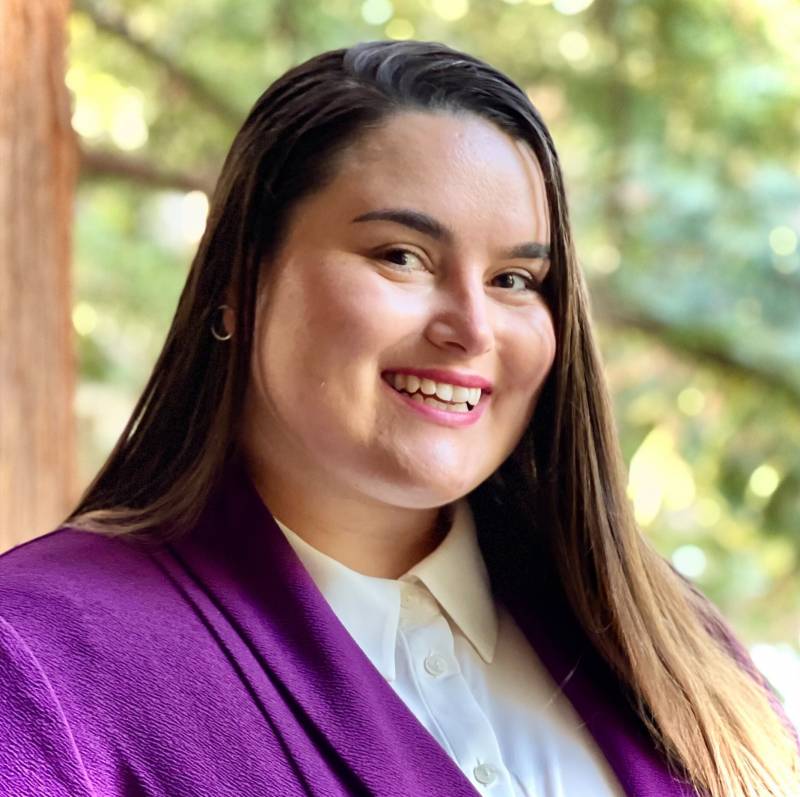After all the tests, pills, and procedures, the best medicine is still something that can’t be prescribed. Jane Thomas-Tran has this Perspective.
I’m a medical student, just a few months from being a doctor, and 100% of my clinical training has occurred in the COVID era. To me, hospital rooms filled with get-well-soon cards and eager visitors are a relic of the past.
A beloved grandfather comes to mind. On the day of admission, he couldn’t open his eyes, just moaned a little. For three days, he didn’t speak.
On the fourth day, he awoke to an empty room and asked, “Where am I?”
On the sixth day, his soft voice told us: “I’ve lived a long life. A good life.”
On the seventh day, his wife and daughter brought his dentures and hearing aid. They couldn’t come inside the building because of pandemic rules. I met them outside. “That’s his room, his window, right up there!” I pointed. “Wait here.”
Back in the hospital room, yelling so he could hear, “Your wife and daughter are outside your window!” He seemed confused, so I urged him to get out of bed so he could wave to them from his window.
We heaved him to his feet. He stood unsteadily, walked for the first time, stepped to the window, and saw them below. His lips cracked into a smile. His wife jumped up and down. After that, he got out of bed regularly and was soon discharged home.
Just a glimpse of his family was more potent medicine – a reason to heal and to live – than we could provide in the preceding week of lab tests and petitions for off-formulary meds. While I support infection control strategies, I also wonder: how much has this missing medicine of the smiling faces of family affected our other patients’ outcomes?
With a Perspective, I’m Jane Thomas-Tran.
Jane Thomas-Tran is a fourth-year medical student at Stanford, currently applying to pediatrics residencies.
